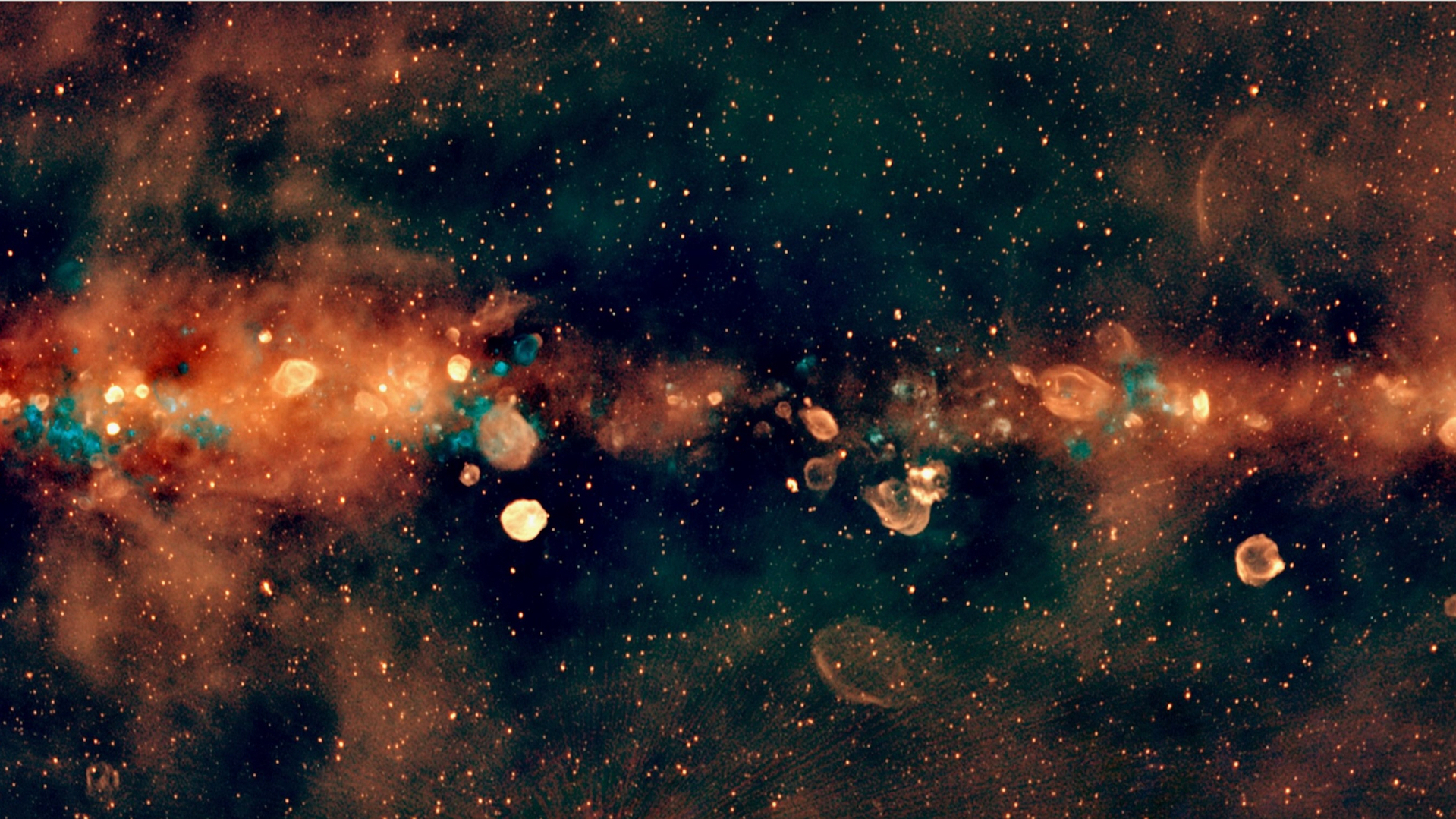GEMS Spacecraft Team Appeals NASA Cancellation Decision

WASHINGTON — Canceling the Gravity and Extreme Magnetism Small Explorer (GEMS) X-ray telescope mission will cost NASA roughly $13 million in contract termination fees, according to briefing charts GEMS officials prepared to make their case for sparing the mission.
The GEMS team appealed the cancellation of their mission June 5 at NASA headquarters and was expecting a decision as soon as June 6, GEMS principal investigator Jean Swank said.
NASA decided last month to pull the plug on GEMS after independent cost estimates showed that the project was likely to bust a revised $135 million cost cap the agency imposed on spacecraft development in January.
NASA had spent $43.5 million on GEMS by the end of May, according to the team’s June 5 briefing charts obtained by Space News. Termination liability — the financial penalties NASA pays when it shutters a program — total $13 million, with spacecraft prime contractor Orbital Sciences Corp. owed close to half that amount.
Totaling $56 million, NASA’s sunk cost amounts to a little more than half of what the agency originally expected to spend on the GEMS mission, not including launch costs.
GEMS, a twin-telescope X-ray observatory designed to spend at least nine months in low Earth orbit studying the regions around black holes and neutron stars, was supposed to cost no more than $105 million, not including launch, when it was picked in 2009 as one of two Small Explorer-class astrophysics missions the agency hoped to launch between 2012 and 2015.
The other Small Explorer mission picked that year, the Interface Region Imaging Spectrometer (IRIS), is slated to launch in 2013 aboard a Pegasus XL rocket under a $40 million launch services contract NASA awarded Dulles, Va.-based Orbital Sciences two years ago. NASA expects to have spent a total of $180 million on the sun-watching IRIS mission by the time it wraps up in 2015, recent budget documents show.
Breaking space news, the latest updates on rocket launches, skywatching events and more!
Those same documents — part of the 2013 budget request NASA submitted to Congress in February — showed GEMS costing between $174 million and $230 million, depending in part on whether it launched in November 2014 or nearly a year later.
Paul Hertz, director of NASA’s Astrophysics Division, told a gathering of the agency’s science advisers here June 4 that the cost and schedule growth GEMS experienced during its formulation phase was too large to permit the project to go forward.
Independent cost estimates performed by the Aerospace Corp. and the NASA Standing Review Board concluded that GEMS spacecraft development alone would likely cost $150 million or more. Although NASA never awarded a GEMS launch contract, the spacecraft was sized, like IRIS, to launch on a Pegasus XL.
A formal decision to cancel GEMS was handed down May 24 by NASA’s Program Management Council.
In its clemency appeal June 5, the GEMS team challenged the accuracy of the independent estimates and laid out $12.1 million in cost savings it said it had identified in the past couple weeks.
The GEMS team said it could save $7.9 million on the cost of a launch, and $4.2 million on the spacecraft and instrument. Project savings would have come from headcount reductions at the Goddard Space Flight Center in Greenbelt, Md., which was managing the project, and by cutting the fee paid to Orbital Sciences for the GEMS spacecraft bus. Other cost savings outlined include cutting back on spacecraft testing and “descoping” the Bragg Reflection Polarimeter, a student-led experiment from the University of Iowa.
NASA plans to hold a media teleconference June 7 to discuss the GEMS project.
This article was provided by Space News, dedicated to covering all aspects of the space industry.
Join our Space Forums to keep talking space on the latest missions, night sky and more! And if you have a news tip, correction or comment, let us know at: community@space.com.
Brian Berger is the Editor-in-Chief of SpaceNews, a bi-weekly space industry news magazine, and SpaceNews.com. He joined SpaceNews covering NASA in 1998 and was named Senior Staff Writer in 2004 before becoming Deputy Editor in 2008. Brian's reporting on NASA's 2003 Columbia space shuttle accident and received the Communications Award from the National Space Club Huntsville Chapter in 2019. Brian received a bachelor's degree in magazine production and editing from Ohio University's E.W. Scripps School of Journalism.

